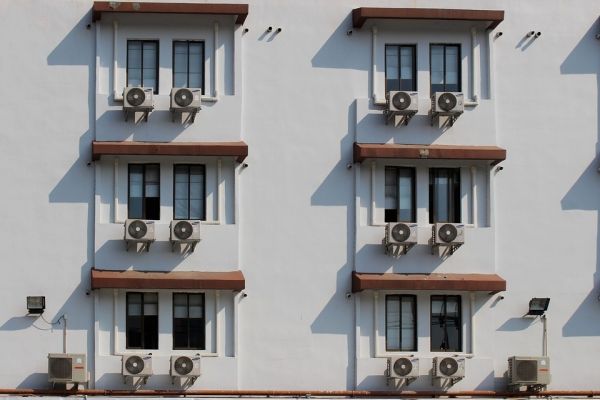Climate-related temperature rises will further increase the cooling demand of buildings. A projection by Empa researchers based on data from the NEST building and future climate scenarios for Switzerland shows that this increase in energy demand for cooling is likely to be substantial and could have a strong impact on our future – electrified – energy system.
Due to climate change, the average global temperature will rise in the coming decades. This should also significantly increase the number of so-called cooling degree days. These measure the number of hours, in which the ambient temperature is above a certain threshold, at which a building must be cooled to keep the indoor temperature at a comfortable level. The rising values may lead to an increased installation of AC systems in households. This could lead to a higher energy demand for cooling buildings, which is already expected to increase due to climate change and population growth.
Nip-and-tuck race between heating and cooling
To get a better understanding of how massive this increase will be in Switzerland, Empa researchers analyzed the heating and cooling requirements of the NEST research and innovation building. "By including ambient temperatures, we were able to make a projection of the future thermal energy demand of buildings based on the climate scenarios for Switzerland. In addition to climate change, we also took population growth and the increasing use of AC devices into account," explains Robin Mutschler, postdoc at Empa's Urban Energy Systems lab.
Read more at Swiss Federal Laboratories for Materials Science and Technology (EMPA)
Photo Credit: terimakasih0 via Pixabay


